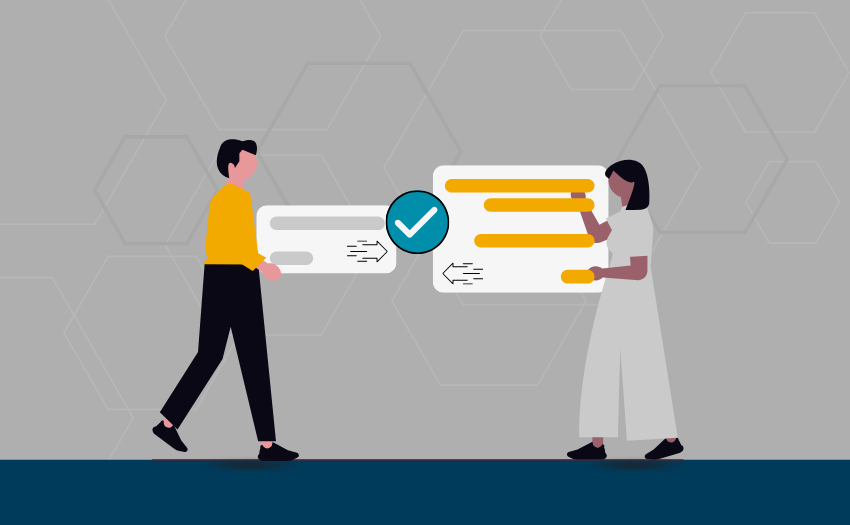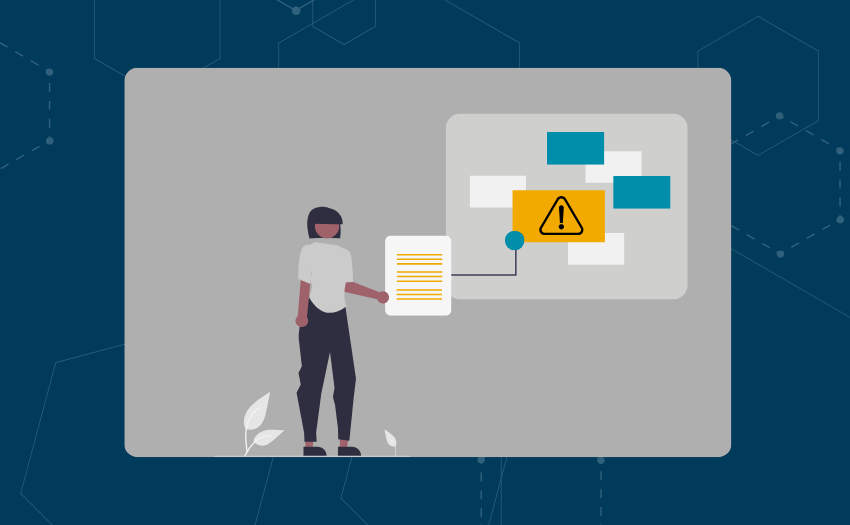We all have stakeholders. Whether maintaining relationships with clients, executives, or employees, you work hard to earn their trust, and it’s not always easy. Regardless of your role or industry, managing stakeholder needs and expectations comes with its share of ups and downs.
But you don’t have to navigate these challenges alone. Today’s AI capabilities go beyond streamlining administrative tasks. Artificial intelligence can help you approach stakeholder communication with more insight, personalization, and intention.
In this article, you’ll learn five ways you can use AI to improve your stakeholder relationship management and build trust along the way.






